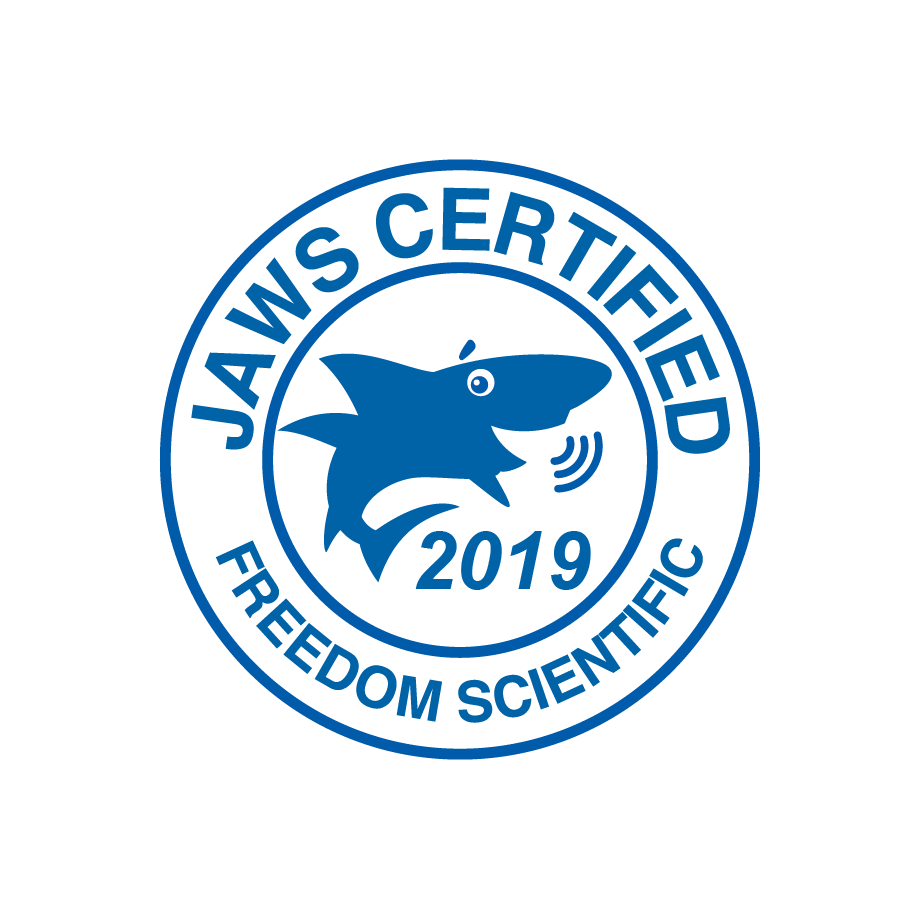

Rules, difficult to follow when you are young and they are set by others but part of the structure of life. Setting your own rules for workplace tasks is a great tool to help you improve areas which you struggle with. Rules you set are easy to follow. Rules help with many neurodiverse issues but are particularly useful when you have organisation issues caused by dyslexia, dyspraxia and ADHD.
The rules you set don’t have to be complex, simple changes can make a difference.
Rules About Items
Always looking for your phone? Set a rule for where you put your phone. Couldn’t be simpler but by setting the rule and following it you soon find you no longer lose your phone. Anyone who loses theirs or works/lives with someone who does will know how it can drive you nuts and waste lots of time searching for it.
I actually have 3 different apps for finding my phone. I kid you not, 3 different apps. I can ping it from my Apple Watch, use find my iPhone to ping it and if I’ve done both of those and still not found it I use an app called “Bluetooth Finder” which visually shows me how close I am to it and where to search. The app cost £5 but its worth it as its the best way to find a lost Apple Pencil, which despite having rules about I still lost one day.
Set your rule about where you put your phone when you arrive at work. Once your rule is set you must consider it is set in stone. You don’t break this rule EVER. No excuses, the rule MUST be followed. Lots of people with organisational issues will actually purchase a container of some sort which they will place on their desk and put their important personal items in (phone, keys etc) and they then know that they place the items there at the beginning of the day and remove them as they finish work. Following this rule makes them more organised and efficient.
If you hot-desk this could be more difficult, but you could still have a container that you keep in your work locker, or a pocket in your bag where you ALWAYS keep your losable items.
Rules To Look After One Item
Back to my Apple Pencil, its an expensive item and over time I’ve developed 4 rules I follow:
1. - Apple Pencil MUST be in hand or in case.
2. - Case MUST be attached to iPad when iPad is put away/charging.
3. - When using iPad and NOT Pencil, pencil MUST be put in inside pocket of handbag.
4. - Check EVERY time iPad is put into bag that pencil case is attached.
Two simple rules that must be followed in order to prevent me losing this small piece of equipment. I mentioned above that I did lose it one day. I got everything out of my bag when arriving at a clients house so that I could leave my car keys in the car in case they needed to move it. My car keys live in a pouch in my handbag (another rule its keyless) so whilst I was rooting around my bag to get it I must have knocked the pencil in its case off my iPad. I failed to check when putting my iPad back into the bag that the case was still attached, thats why the 4th rule was made.
Rules Will Become Habits
I have lots of rules for home life too, and hope to get them all to the point where they become habits rather than rules. Nice positive habits. One is - get home plug electric car in. Given that I’m totally disorganised driving a car that needs charging would be a total nightmare without this rule.
How Does A Rule Become A Habit?
You just keep doing it. Pretty simple, follow the same rules with no exception and before you know it they will become a habit. Set yourself a 30 day challenge and you are well on your way to developing a habit, see this TED talk about 30 day challenges.

